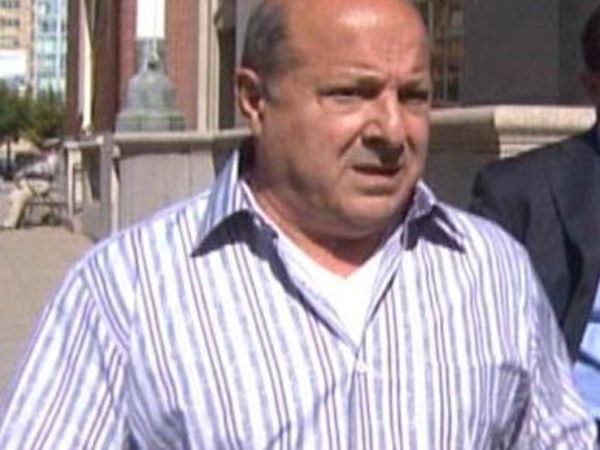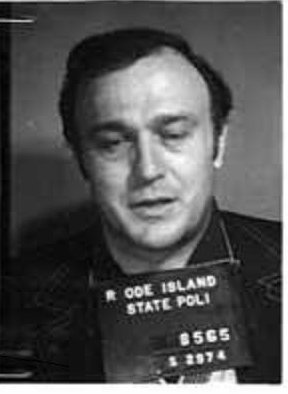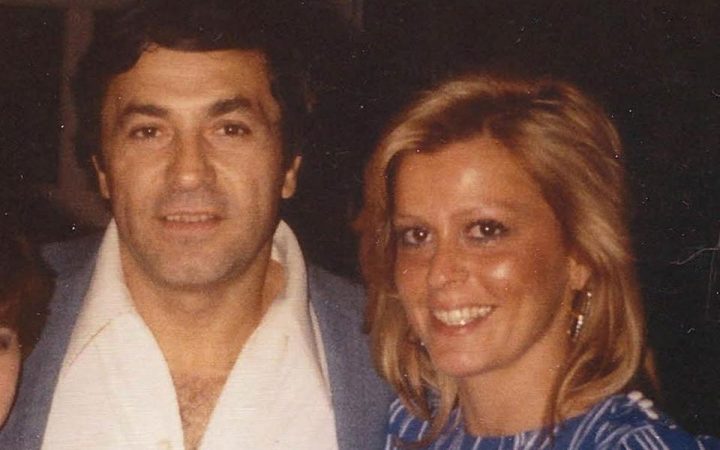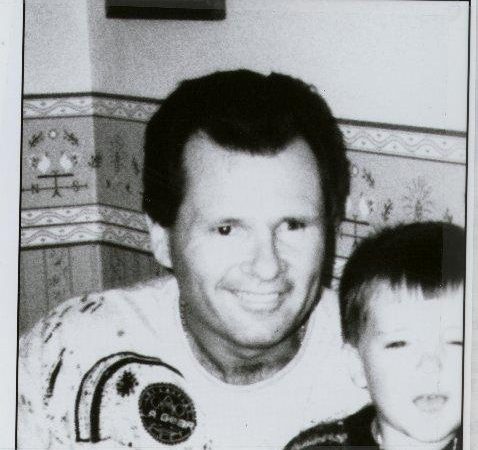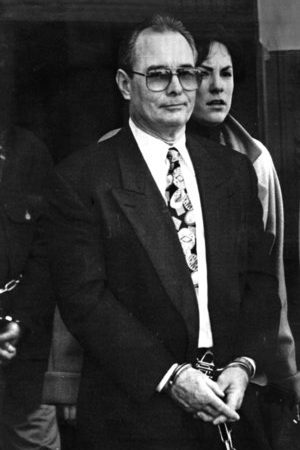The Hazel Park Raceway, the centerpiece of the Detroit mafia’s legitimate business portfolio for decades, shut its door last week after nearly 70 years of operation. The horse race track was a college graduation gift from the local mob’s “founding fathers,” Giuseppe (Joe Uno) Zerilli and Vito (Black Bill) Tocco to their eldest sons and eventual successors, Anthony (Tony Z) Zerilli and Giacomo (Black Jack) Tocco.
The younger Zerilli and Tocco opened the track in the summer of 1949, shortly after receiving undergraduate business degrees from the University of Detroit. They were eventually forced to sell the raceway due to their organized crime affiliation. The then up-and-coming tandem of gangland figures was alleged to have been inducted into their father’s crime family around that same time, according to testimony in front of the U.S. Senate, having “made their bones,” with the 1947 murder of area Greek mob gambling boss Gus Andromolous.
Current proprietors Hartman & Tyner, Inc. purchased the track in the 1970s. Over the mob’s three decades of ownership in the property, which sits just north of the Detroit border in the middle-class suburb of Hazel Park, a who’s who of Motor City mafia chieftains, captains and associates, held interests in the track, including the elder Zerilli and Tocco, who took over the town’s rackets in 1931 after winning what was dubbed in the area press as the “Crosstown Mob War.” Bill Tocco passed away from a heart attack 1972. Joe Zerilli died of natural causes in 1977.
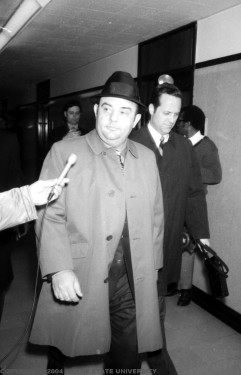
Tony Zerilli
From its inception into the 1980s, the track was the premier thoroughbred horse racing facility in the Midwest. Starting in 1985, the property became known for harness racing. Thoroughbred racing returned to the track in 2014. In the mid-1990s, the venue began simulcasting and accepting wagers on thoroughbred and harness races from around the entire country and Canada.
When the mob controlled the track, it was a gleaming, start-of-the-art facility known for pioneering innovation and a seemingly never-ending parade of celebrities passing through its gates. Frank Sinatra, Dean Martin, Jackie Gleason and Jimmy Durante were all frequent visitors to the grounds whenever they were in Detroit for a performance. Hazel Park Raceway was the first horserace venue to feature a 5/8th Mile track, installed in 1954 and which soon became industry standard.
“That place was a palace, it was a masterpiece, a vision of perfection,” recounted Tony Zerilli years after selling the track. “We were the envy of the whole industry.”
Zerilli was convicted of skimming $6,000,000 and maintaining silent ownership in The Frontier casino and hotel in Las Vegas in 1971, the impetus for his and Tocco selling the track. Tocco, the Godfather of the Detroit mafia for almost 40 years, died of heart failure in 2014. Zerilli, the crime family’s underboss, succumbed to a battle with dementia less than a year later in 2015. The pair, first cousins and one-time best friends, had been feuding for decades when they finally cashed in their proverbial chips, a good deal of the consternation traced to Zerilli’s casino bust and Tocco’s frustration with the resulting fallout..
The post The Race Is Over: Former Jewel Of Detroit Mob’s White Collar Resume, Hazel Park Raceway, Closes Up Shop appeared first on The Gangster Report.
